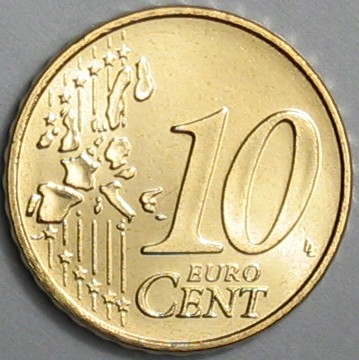- Sun Mar 19, 2006 10:59 am
#130442
My attempt with Lightwave 8.3 :

I'm sure it's possible to get better result, but setup time is long. For this kind of render, I'd prefer to use Maxwell. I'm on a laptop now, so, rendering time is not relevant. I may have another Lightwave try next week when I'm back on my main coputer.
HD

I'm sure it's possible to get better result, but setup time is long. For this kind of render, I'd prefer to use Maxwell. I'm on a laptop now, so, rendering time is not relevant. I may have another Lightwave try next week when I'm back on my main coputer.
HD
LW 9.2 Win XP pro amd64x2 2.2 ghz 4gb ramThe journey's FAR from over











 - By Mark Bell
- By Mark Bell